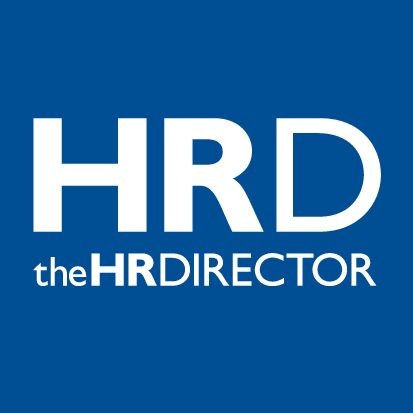A third (34%) of employers say that their staff are not aware of, nor do they understand, all of the employee benefits they are offered, according to new research*. The question was asked about all benefits including pensions, healthcare and group risk benefits (employer-sponsored life assurance, income protection and critical illness) and demonstrates that employers are cognisant that they need to reach more employees and help them get a better grasp of what benefits are available to them.
In fact, research among employees themselves bears this out: only 44%1 of employees believe that they have a good understanding of all of the health and wellbeing benefits available to them, and yet it is only by fully understanding all of these benefits that employees can make full use of the benefits available when they are required.
In addition, 78% actively encourage staff members to use the benefits they provide, 18% leave it to employees to initiate the take-up of benefits themselves.
There is a missed opportunity if employers fail to effectively communicate and encourage the take-up of the benefits they offer staff, as this investment will not be sufficiently understood, appreciated or utilised.
How do employers communicate benefits?
The most popular way to communicate employee benefits as a whole is in a staff welcome pack (35%), followed by ‘on day one of employment’ (33%). However, when starting a new job there is so much information to take on board, an employee may not always be receptive to messages about their entitlement to benefits. GRiD suggests that sharing information at this point is timely but employers must not expect much to be retained.
Employers’ preferred ways of communicating employee benefits also include:
- 31% in the staff handbook
- 29% on staff noticeboards
- 29% via email campaigns
- 28% via the company’s intranet
- 26% via support from advisers/providers to run promotional days (online or in person)
On average, a single employer uses four different channels to communicate its employee benefits programme, but with so many options available both on and offline, GRiD believes most employers could do more. Similarly, the communication of employee benefits should be a matter of routine and not a one-off exercise. Employers should also maximise the resources they have available to them from all of their partners including support from providers, advisers and employee liaison groups.
Employers seeking to improve communication in the next 12 months
In good news, many employers are planning to take steps to change the way they communicate their benefits for the better in the next 12 months:
- 39% say they will increase encouragement to use available benefits
- 36% will put more emphasis on support for all areas of health and wellbeing, including mental, financial, physical and social
- 34% will increase the amount of communication
- 31% will increase their investment in this area
Katharine Moxham, spokesperson for GRiD, said: “It’s important to remember that an organisation’s workforce is not a static entity: new people are appointed, some leave, people return from absence, and so even those employers who feel they are doing well cannot rest on their laurels. It’s important to continually improve communication, so that all employees know how to access and utilise employee benefits if they need them, because only then will benefits be truly valued and appreciated.
“Whether a member of staff chooses to engage or not, all employees will feel better disposed and more loyal to an organisation when it is proactive about the support it offers.
“Communication of employee benefits is key and our research shows that more employers need to make it more of a habit.”
*research from GRiD







